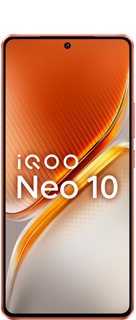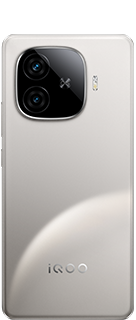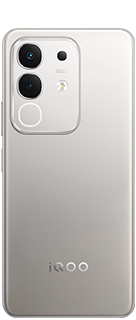What Is UEFI and How It Differs from BIOS 🤔🤔
UEFI
UEFI or Unified Extensible Output System is essentially a firmware interface that comes with your motherboard and works kind of like an interpreter between the operating system and the computer firmware. It was first adopted by the industry in 2005. Since UEFI is a special firmware installed on the computer’s motherboard, it is the first program that runs when you boot your computer.
UEFI primarily has 3 key responsibilities – First, to check which hardware components are attached to the motherboard; Second, to wake up the attached components; and finally, to hand these over to the OS.
[UEFI vs BIOS: How Is UEFI Different from BIOS]
Now that we have told you what Unified Extensible Firmware Interface (UEFI) is, it’s time to explain how it differentiates itself from BIOS. For one, BIOS still works in 16-bit mode, which means it can only address 1MB of executable memory. BIOS is also a legacy technology that goes back to the DOS era and is written in assembler, whereas the more modern UEFI firmware is written in C. That means UEFI is able to initialize multiple devices at once and can have much faster boot times. That said, let’s take a closer look at UEFI vs BIOS to compare their advantages and disadvantages.
Storage Advantage
UEFI, with its newer architecture, also provides a number of advantages over traditional BIOS when it comes to storage support. For one, as we have already discussed, BIOS uses the Master boot Record (MBR) system to save information about hard drive data, while UEFI uses the newer GUID partition table (GPT). The major difference between the two is that MBR is limited to 32-bit entries, while GPT uses 64-bit entries. What this difference in entry standard means is that MBR is limited to four total physical partitions, and each of these can only be a maximum of 2TB in size
The 64-bit entries of the GPT, on the other hand, dramatically extends the support for size possibilities of the hard drives. Instead of being limited to 2.2TB, UEFI is capable of addressing hard drives with capacities up to 9.4 zettabytes. Yes, zettabytes (a trillion gigabytes). To put that in context, as of 2016, Cisco had estimated global internet traffic to be 1.1 zettabytes per year, with that number increasing to two zettabytes by the end of 2019. That means, in theory, UEFI is capable of addressing storage sizes 4x the total traffic of the internet.
How to Check If Your PC Uses UEFI or BIOS
You can easily figure out whether your PC is running BIOS or UEFI by following a few simple steps in Windows 11. And they are as follows:

First, click the Windows icon in the taskbar, which will bring up the search menu. Now type “system information” (without quotes) and click to open the app.

Now, click on “System Summary” on the left pane. On the right, check for the entry that reads “BIOS Mode”. It will show “Legacy” or “UEFI” depending on whether your computer is running BIOS or UEFI.
Source:- beebom
Please sign in
Login and share






















